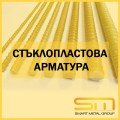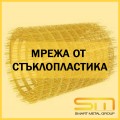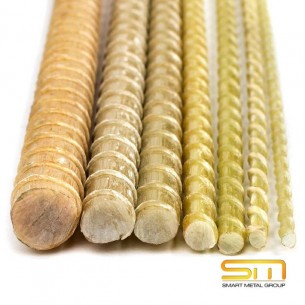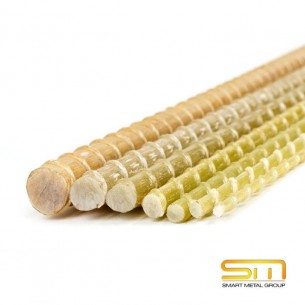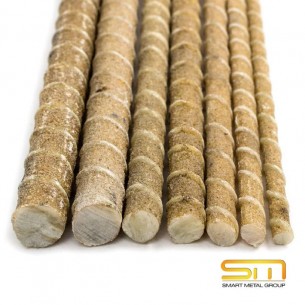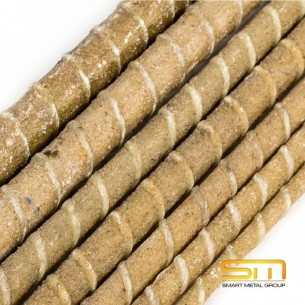Model: GFPR LIGHTplus®
NON-CORROSIVE, COST EFFECTIVE, INCREASED LIFE!Fiber-reinforced polymer or sand-coated reinforcement - non-metallic rods composed of glass, basalt, carbon or aramid fibers impregnated with thermosetting or thermoplastic polymeric binders. Fiberglass fiberglass reinforcement is called fiberglass-reinf..
3.00 лв. (1.53€)
Ex Tax:3.00 лв. (1.53€)
Model: GFPR LIGHTplus®
NON-CORROSIVE, COST EFFECTIVE, INCREASED LIFE!Fiber-reinforced polymer or sand-coated reinforcement - non-metallic rods composed of glass, basalt, carbon or aramid fibers impregnated with thermosetting or thermoplastic polymeric binders. Fiberglass fiberglass reinforcement is called fiberglass-reinf..
2.06 лв. (1.05€)
Ex Tax:2.06 лв. (1.05€)
Model: GFPR LIGHTplus®
NON-CORROSIVE, COST EFFECTIVE, INCREASED LIFE!Fiber-reinforced polymer or sand-coated reinforcement - non-metallic rods composed of glass, basalt, carbon or aramid fibers impregnated with thermosetting or thermoplastic polymeric binders. Fiberglass fiberglass reinforcement is called fiberglass-reinf..
2.16 лв. (1.10€)
Ex Tax:2.16 лв. (1.10€)
Model: GFPR LIGHTplus®
NON-CORROSIVE, COST EFFECTIVE, INCREASED LIFE!Fiber-reinforced polymer or sand-coated reinforcement - non-metallic rods composed of glass, basalt, carbon or aramid fibers impregnated with thermosetting or thermoplastic polymeric binders. Fiberglass fiberglass reinforcement is called fiberglass-reinf..
1.55 лв. (0.79€)
Ex Tax:1.55 лв. (0.79€)
Model: GFPR LIGHTplus®
NON-CORROSIVE, COST EFFECTIVE, INCREASED LIFE!Fiber-reinforced polymer or sand-coated reinforcement - non-metallic rods composed of glass, basalt, carbon or aramid fibers impregnated with thermosetting or thermoplastic polymeric binders. Fiberglass fiberglass reinforcement is called fiberglass-reinf..
4.50 лв. (2.30€)
Ex Tax:4.50 лв. (2.30€)
Model: GFPR HARDplus®
NON-CORROSIVE, COST EFFECTIVE, INCREASED LIFE!Fiber-reinforced polymer or sand-coated reinforcement - non-metallic rods composed of glass, basalt, carbon or aramid fibers impregnated with thermosetting or thermoplastic polymeric binders. Fiberglass fiberglass reinforcement is called fiberglass-reinf..
3.60 лв. (1.84€)
Ex Tax:3.60 лв. (1.84€)
Model: GFPR HARDplus®
NON-CORROSIVE, COST EFFECTIVE, INCREASED LIFE!Fiber-reinforced polymer or sand-coated reinforcement - non-metallic rods composed of glass, basalt, carbon or aramid fibers impregnated with thermosetting or thermoplastic polymeric binders. Fiberglass fiberglass reinforcement is called fiberglass-reinf..
2.76 лв. (1.41€)
Ex Tax:2.76 лв. (1.41€)
Model: GFPR HARDplus®
NON-CORROSIVE, COST EFFECTIVE, INCREASED LIFE!Fiber-reinforced polymer or sand-coated reinforcement - non-metallic rods composed of glass, basalt, carbon or aramid fibers impregnated with thermosetting or thermoplastic polymeric binders. Fiberglass fiberglass reinforcement is called fiberglass-reinf..
2.06 лв. (1.05€)
Ex Tax:2.06 лв. (1.05€)
Model: GFPR HARDplus®
NON-CORROSIVE, COST EFFECTIVE, INCREASED LIFE!Fiber-reinforced polymer or sand-coated reinforcement - non-metallic rods composed of glass, basalt, carbon or aramid fibers impregnated with thermosetting or thermoplastic polymeric binders. Fiberglass fiberglass reinforcement is called fiberglass-reinf..
1.04 лв. (0.53€)
Ex Tax:1.04 лв. (0.53€)
Model: GFPR HARDplus®
NON-CORROSIVE, COST EFFECTIVE, INCREASED LIFE!Fiber-reinforced polymer or sand-coated reinforcement - non-metallic rods composed of glass, basalt, carbon or aramid fibers impregnated with thermosetting or thermoplastic polymeric binders. Fiberglass fiberglass reinforcement is called fiberglass-reinf..
0.00 лв. (0.00€)
Ex Tax:0.00 лв. (0.00€)
Model: GFPR HARDplus®
NON-CORROSIVE, COST EFFECTIVE, INCREASED LIFE!Fiber-reinforced polymer or sand-coated reinforcement - non-metallic rods composed of glass, basalt, carbon or aramid fibers impregnated with thermosetting or thermoplastic polymeric binders. Fiberglass fiberglass reinforcement is called fiberglass-reinf..
0.00 лв. (0.00€)
Ex Tax:0.00 лв. (0.00€)
Model: GFPR HARDplus®
NON-CORROSIVE, COST EFFECTIVE, INCREASED LIFE!Fiber-reinforced polymer or sand-coated reinforcement - non-metallic rods composed of glass, basalt, carbon or aramid fibers impregnated with thermosetting or thermoplastic polymeric binders. Fiberglass fiberglass reinforcement is called fiberglass-reinf..
0.00 лв. (0.00€)
Ex Tax:0.00 лв. (0.00€)
Model: GFPR HARDplus®
NON-CORROSIVE, COST EFFECTIVE, INCREASED LIFE!Fiber-reinforced polymer or sand-coated reinforcement - non-metallic rods composed of glass, basalt, carbon or aramid fibers impregnated with thermosetting or thermoplastic polymeric binders. Fiberglass fiberglass reinforcement is called fiberglass-reinf..
0.00 лв. (0.00€)
Ex Tax:0.00 лв. (0.00€)
Model: GFPR HARDplus®
NON-CORROSIVE, COST EFFECTIVE, INCREASED LIFE!Fiber-reinforced polymer or sand-coated reinforcement - non-metallic rods composed of glass, basalt, carbon or aramid fibers impregnated with thermosetting or thermoplastic polymeric binders. Fiberglass fiberglass reinforcement is called fiberglass-reinf..
5.38 лв. (2.75€)
Ex Tax:5.38 лв. (2.75€)Showing 1 to 14 of 14 (1 Pages)
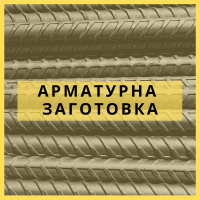
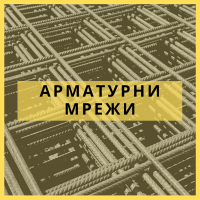
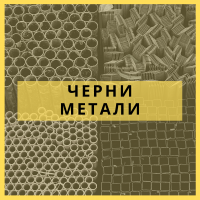
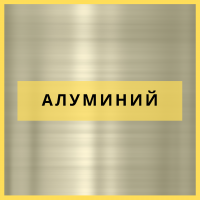
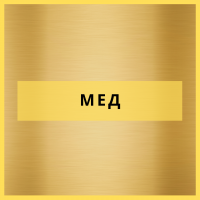
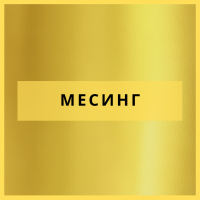
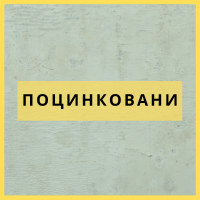
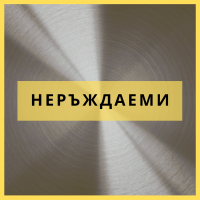
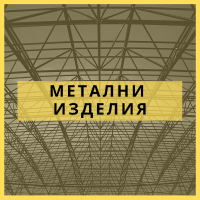
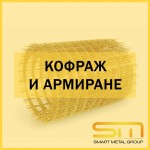
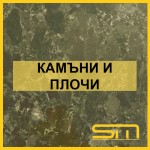
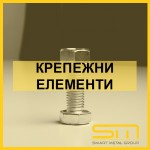
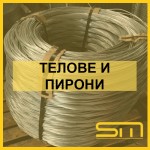
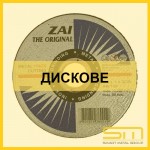
-150x150.png)
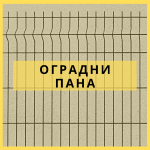
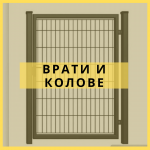
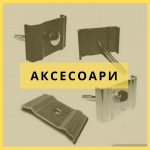
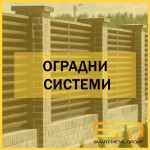
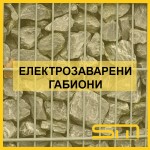
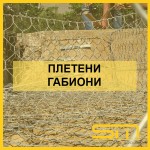
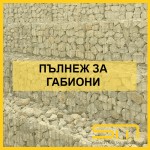
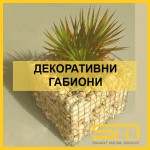
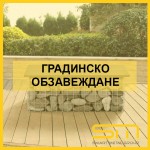
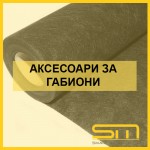
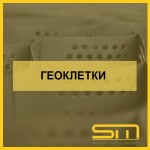
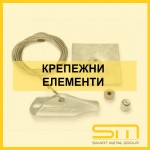
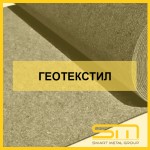
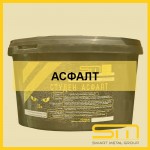
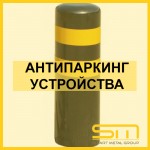
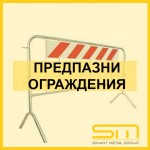
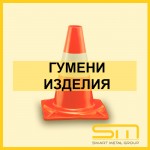
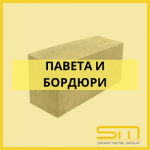

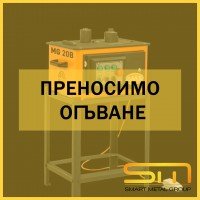
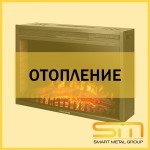
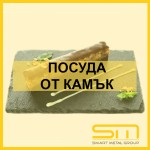
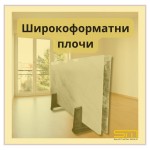
-150x150.jpg)
-150x150.jpg)
-150x150.jpg)
